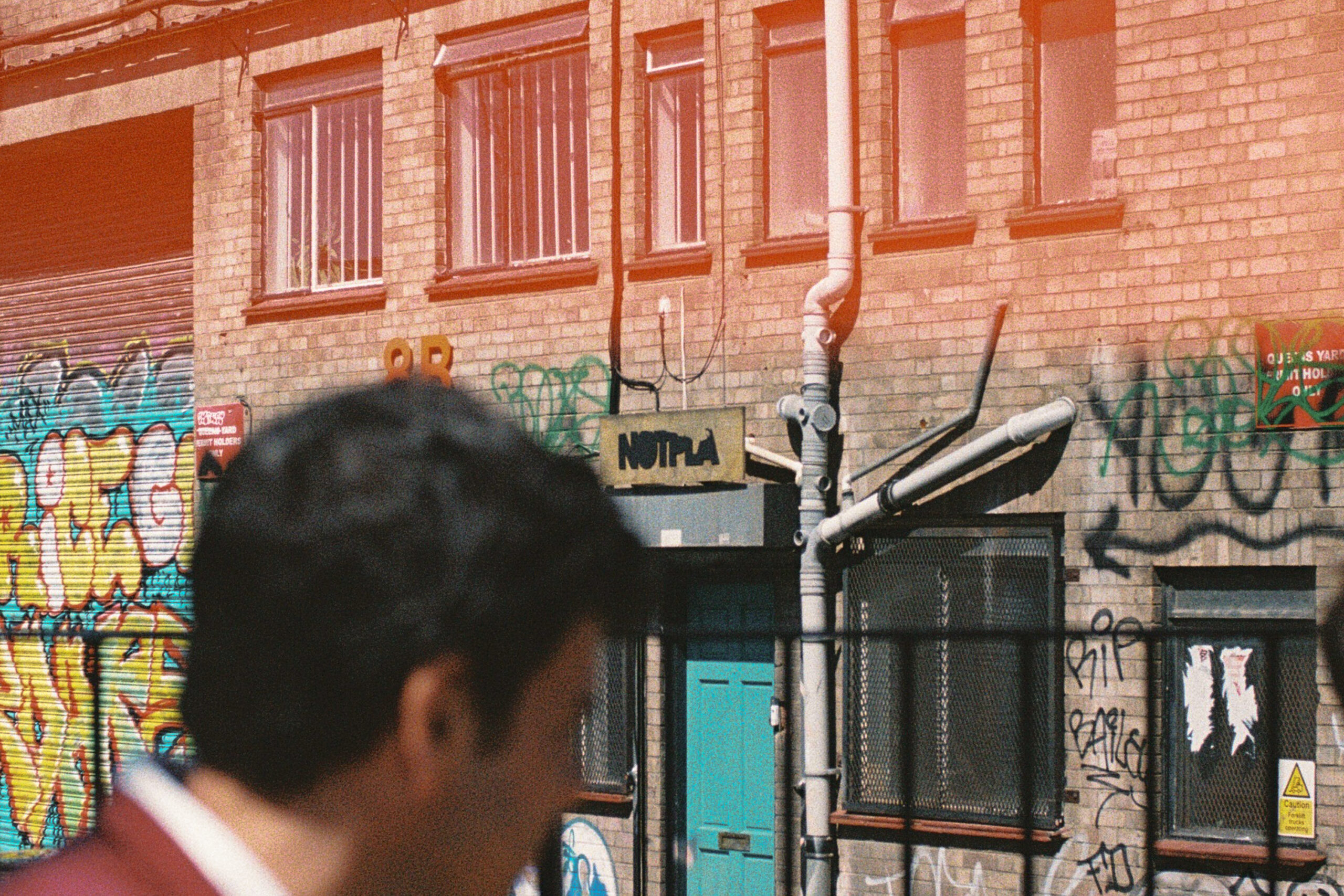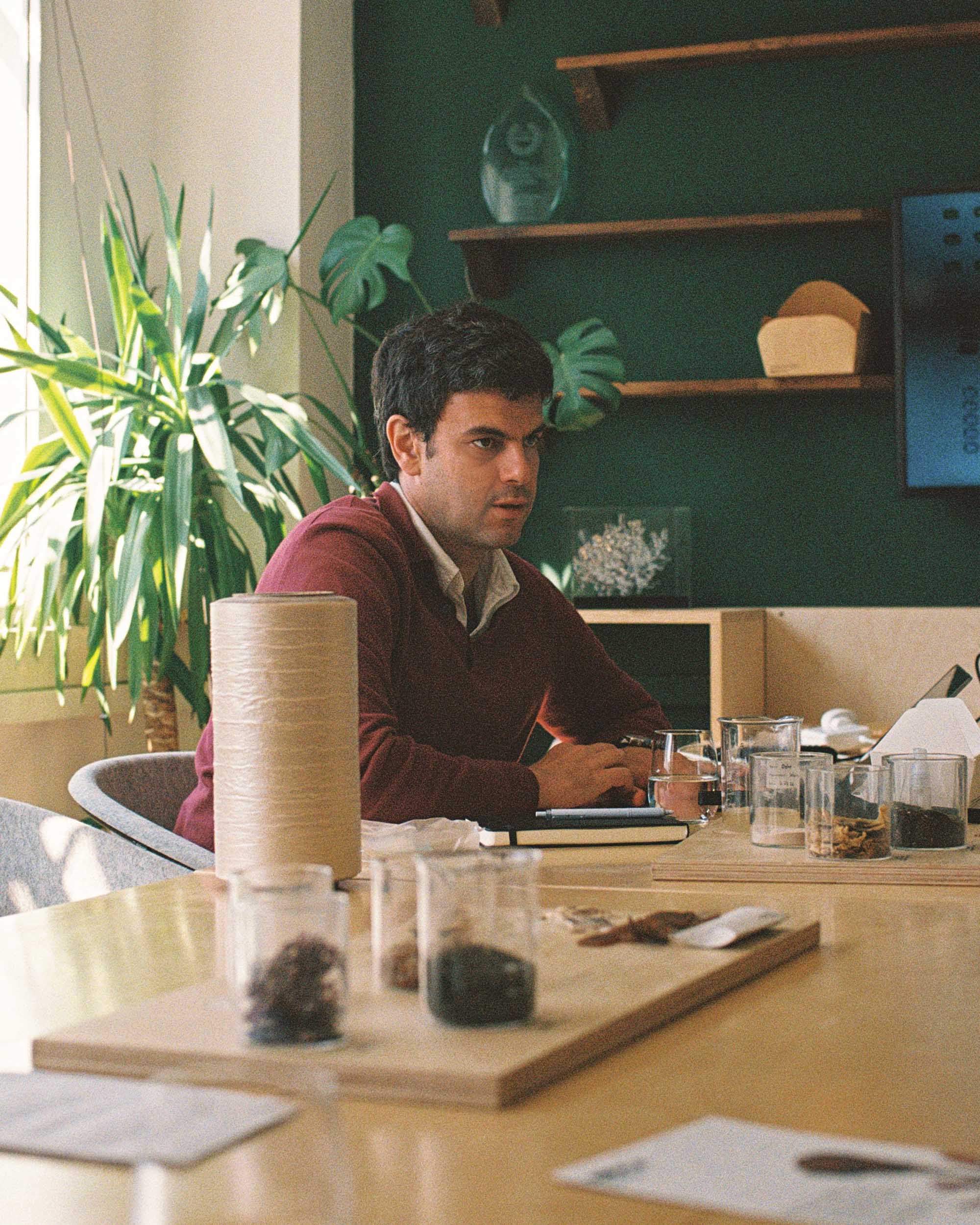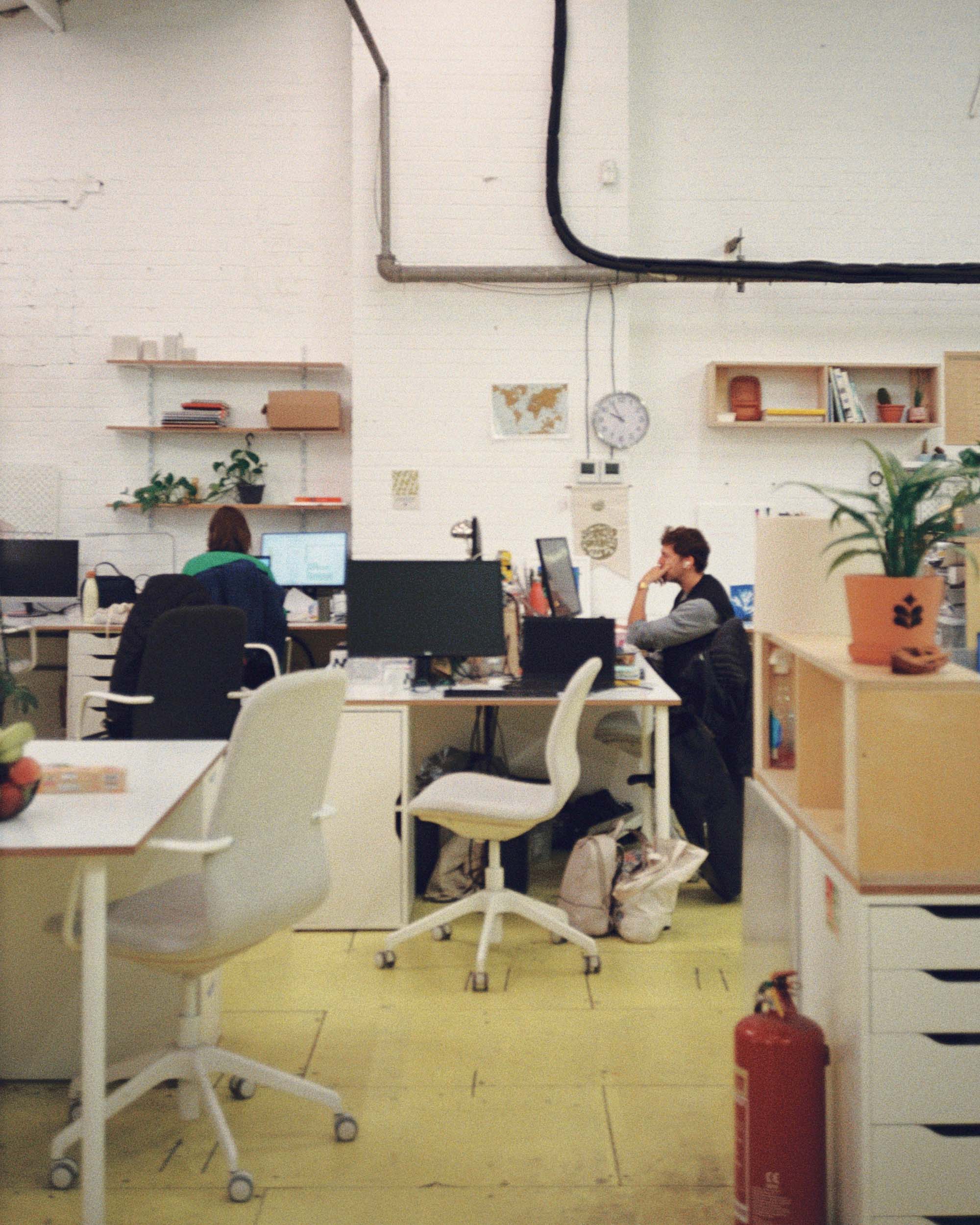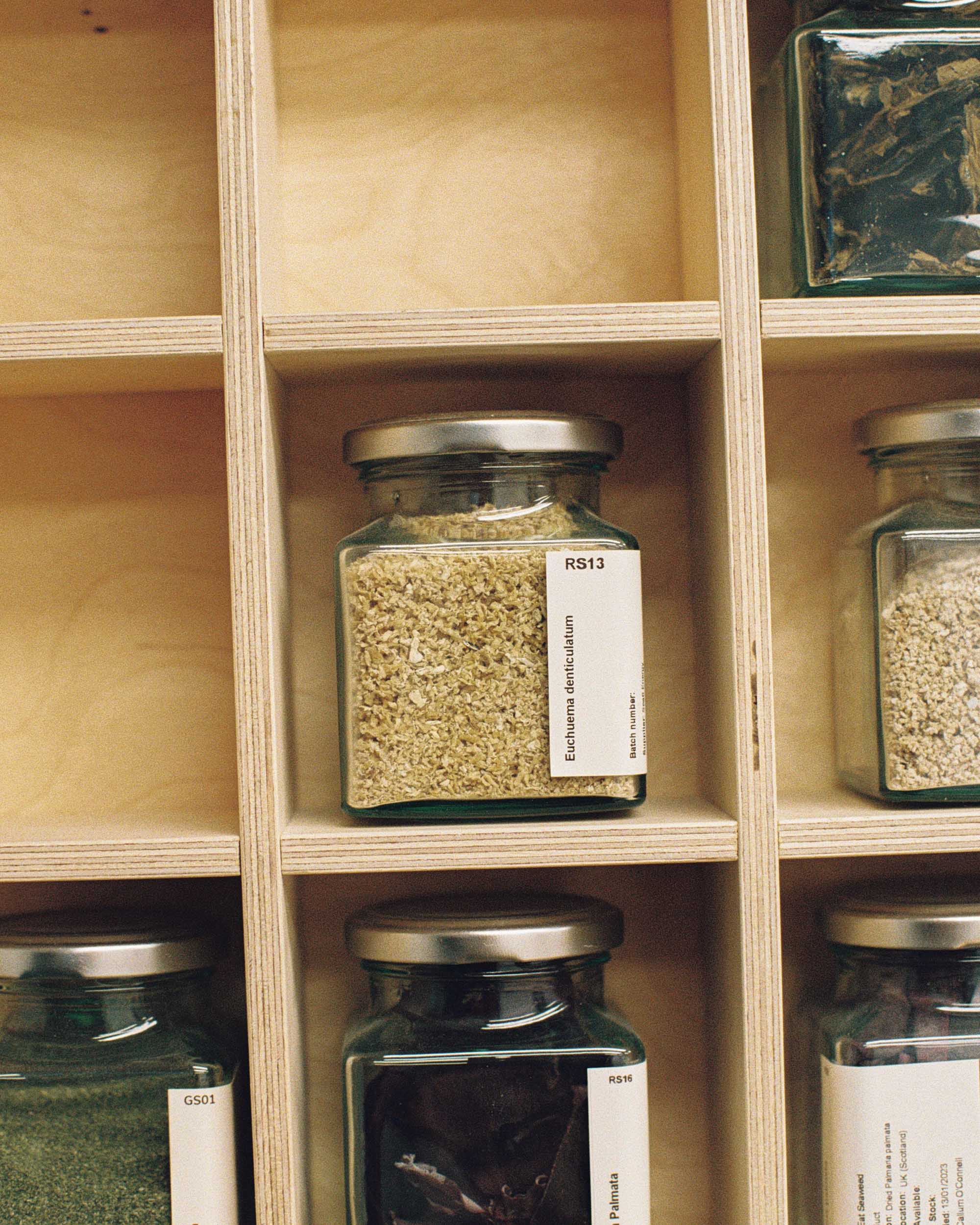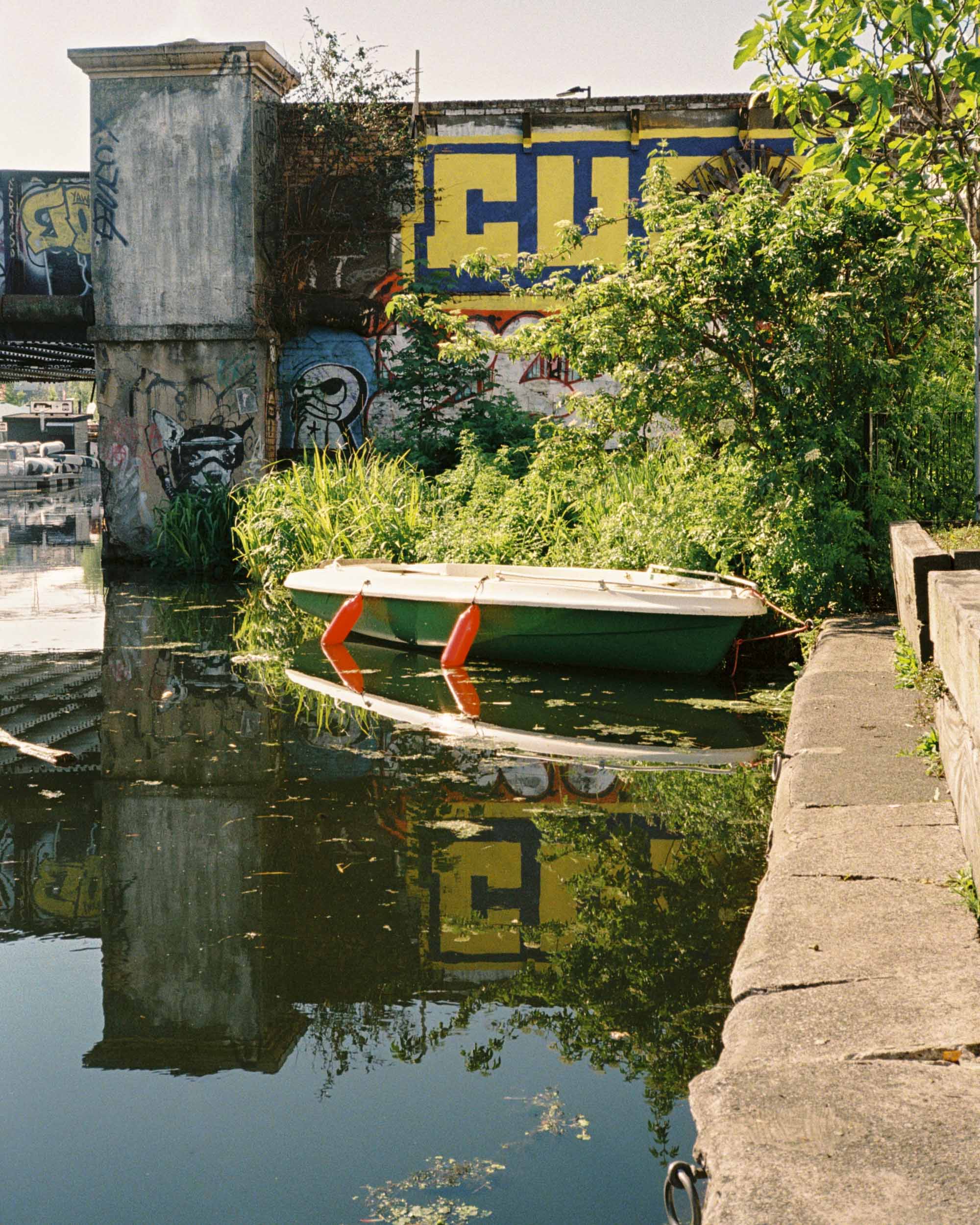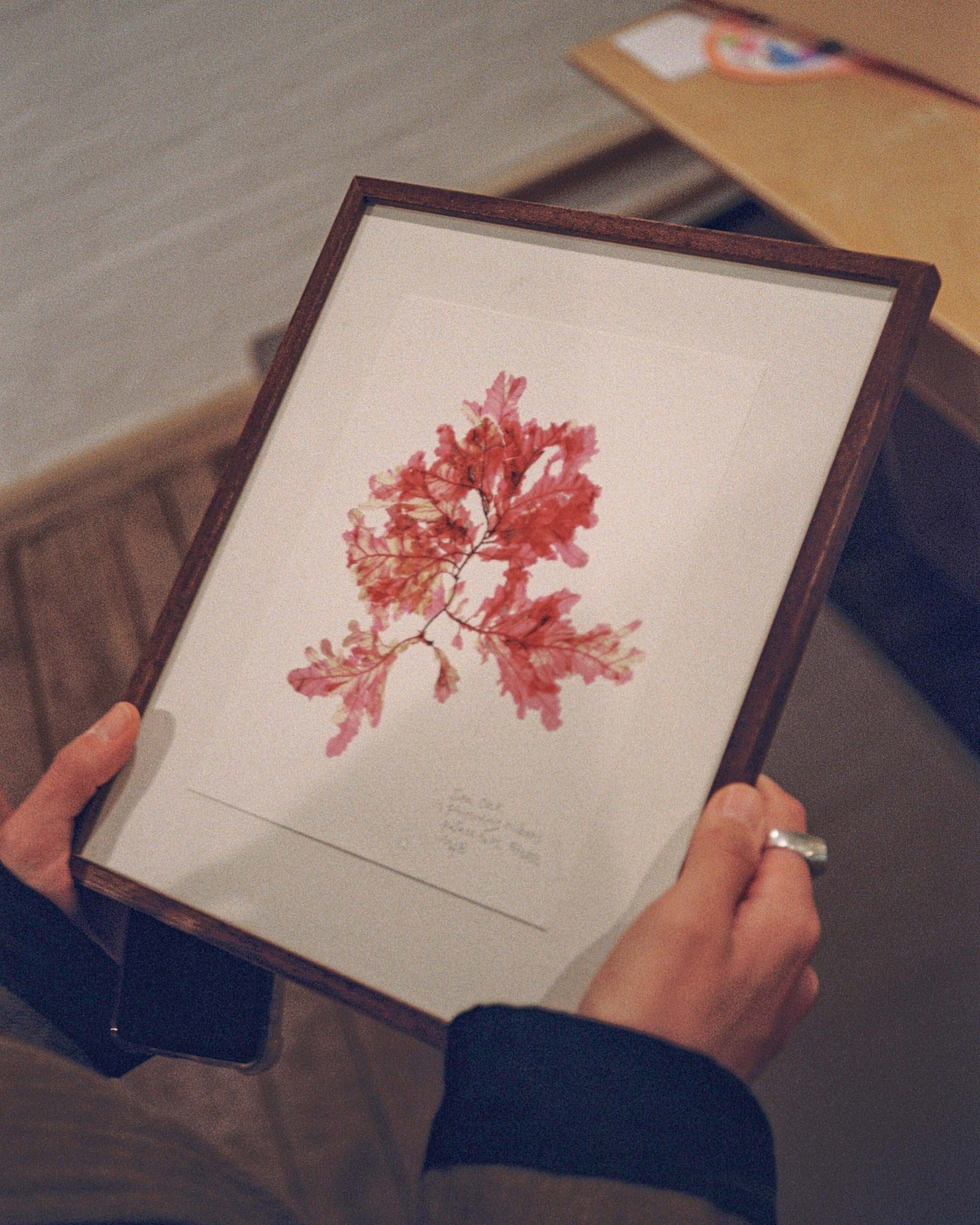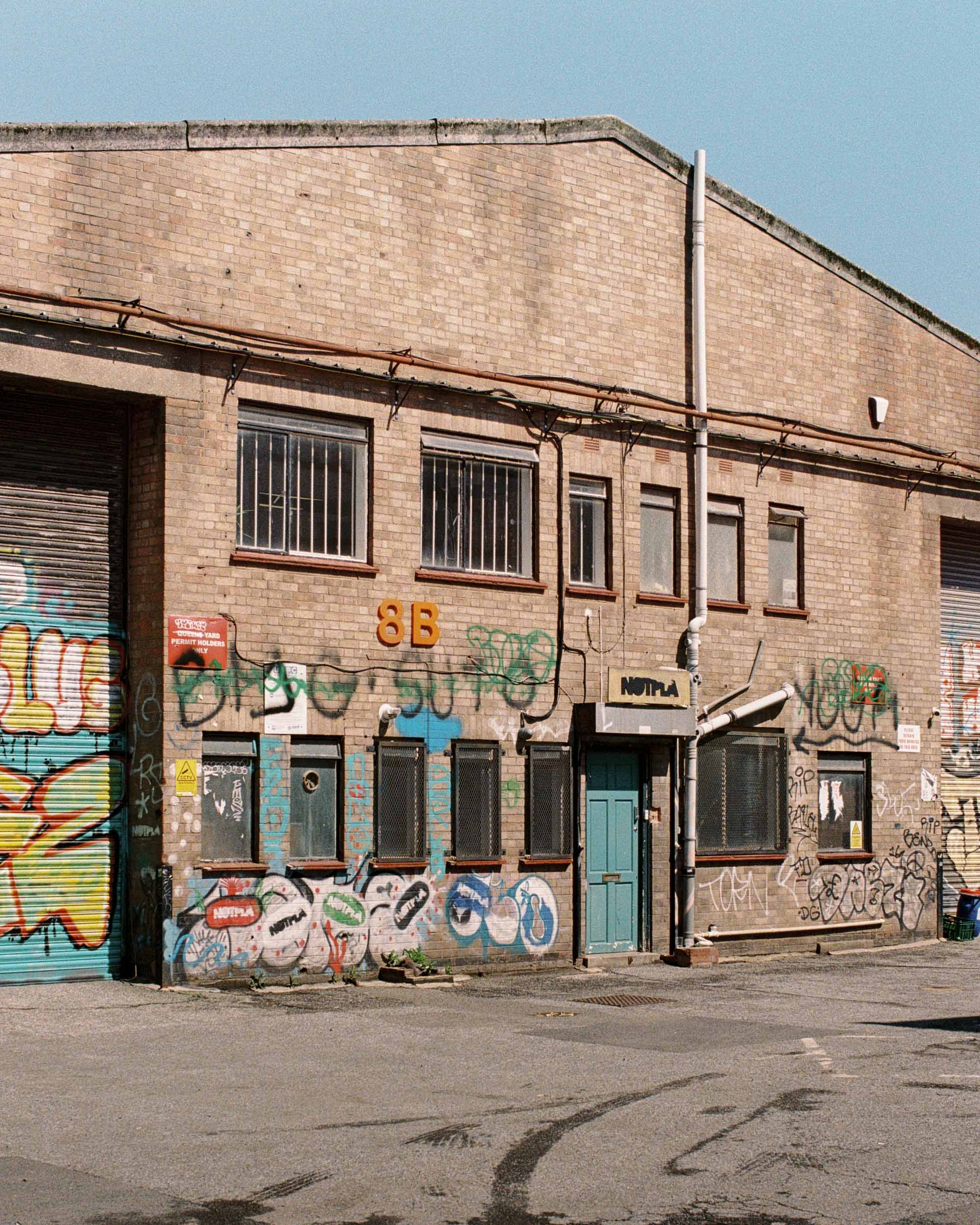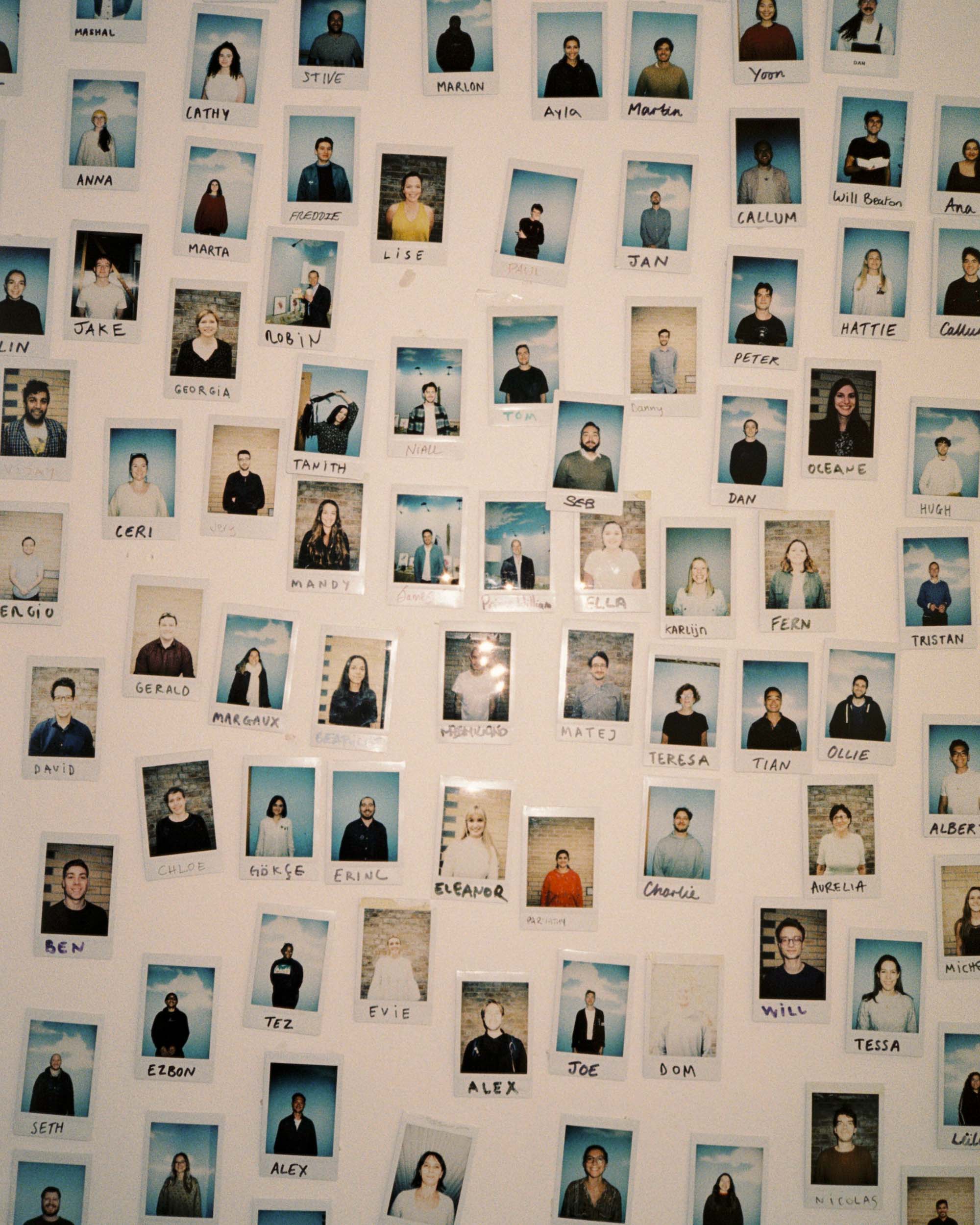We spoke with Rodrigo García González, co-founder of Notpla, an innovative company that uses algae as a raw material to manufacture biodegradable packaging. Notpla has revolutionized the sustainable packaging sector with its unique approach and commitment to reducing plastic usage. Rodrigo shares with us his inspiring journey from studying architecture and industrial design to creating Notpla. He also talks about the challenges and lessons learned in developing this project, his vision for sustainability, and the solutions he proposes to reduce environmental impact across various industries, including the textile sector.
How did you come up with such an innovative idea, and how did you keep going without knowing if you would achieve results? Even your Master’s professors told you it wasn’t possible.
Yes, there is a word in English, “grit”, which means having tenacity and sticking to an idea. Changing things is difficult because almost everyone tells you no. In improvisational theater, an unwritten rule is to say “yes, and…” instead of “no” or “but” so the story can progress. With innovation, it’s similar: if you present an idea and they say “no” or “but”, it’s over. If they say “yes, and let’s do this too”, the idea grows and becomes more valuable. That’s how we managed to stay on track despite the initial doubts.
Back to the question, the project was born from looking for alternatives to plastic, observing how nature solves problems. For example, fruits disappear and add value by generating a tree. We saw how other sectors used different materials and found that algae are ideal because they grow quickly with no need of fertilizers, water, or human intervention. Additionally, they don’t compete with other food products and don’t require agricultural land. It was a process of trial and error, investigating both scientifically and commercially to see what people like and what they are willing to pay for. We wanted to see if we could apply the qualities of algae to packaging.
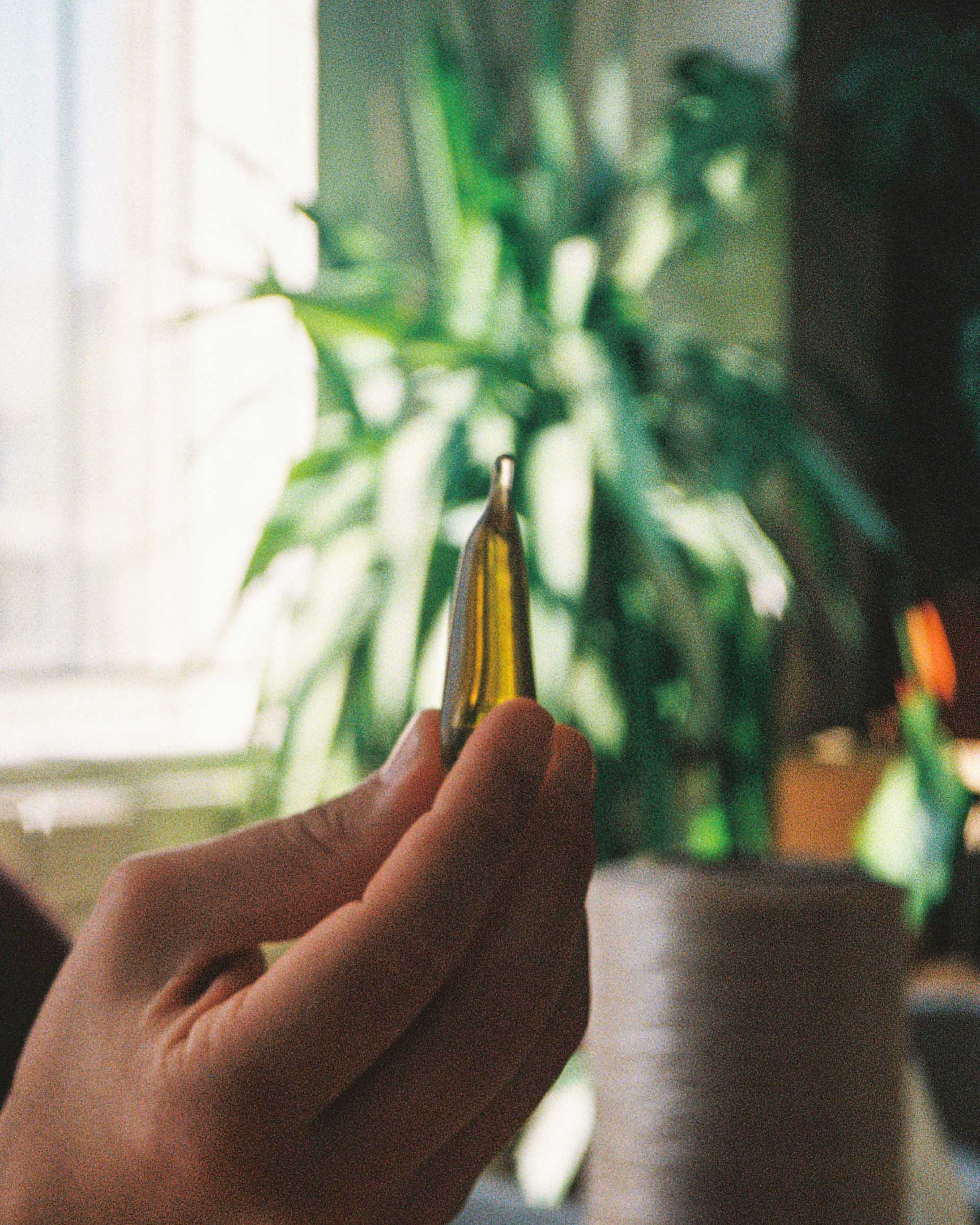
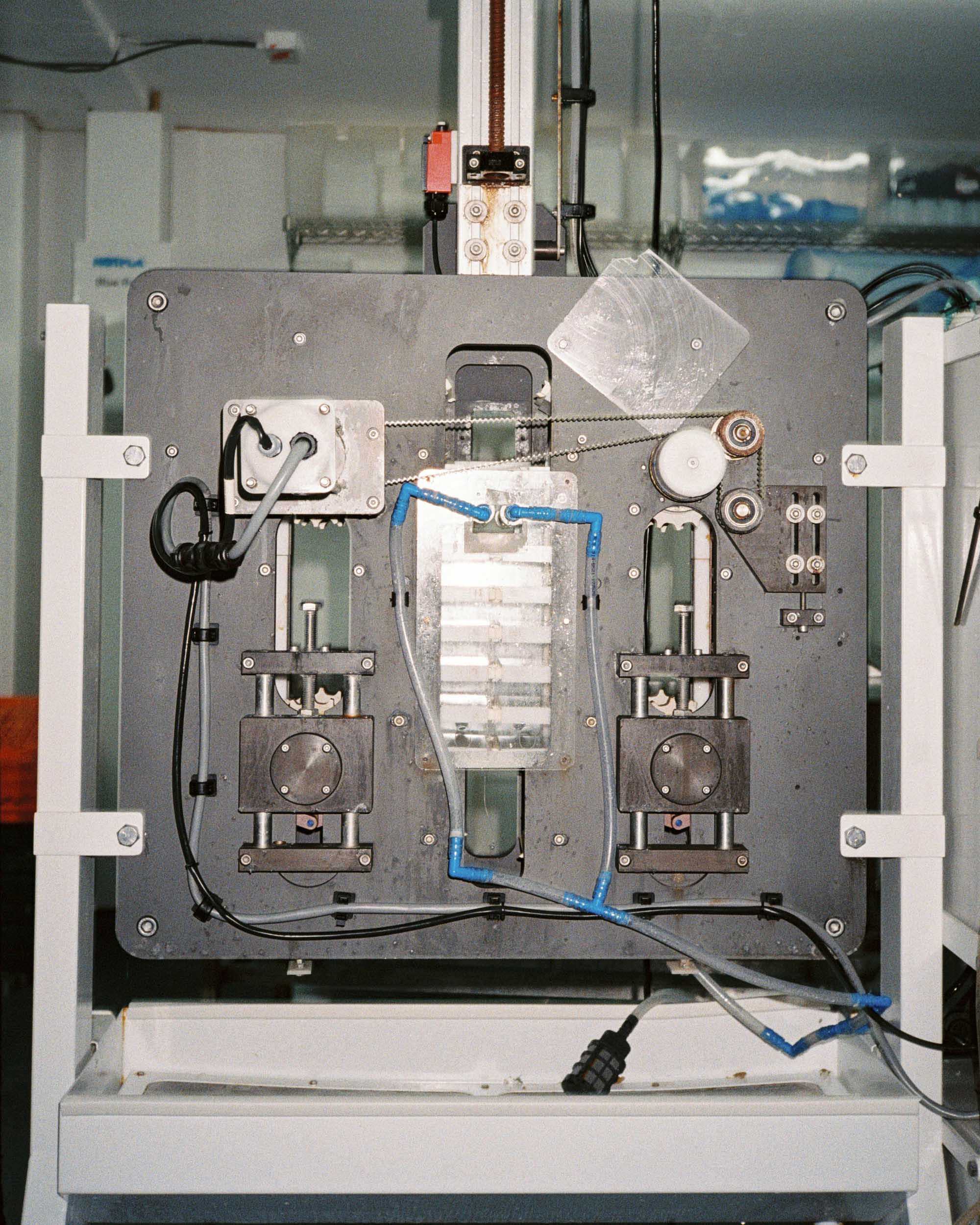
On a personal level, how did you get to Notpla?
I started studying architecture, not out of passion, but because I always wanted to be an inventor, but there are no inventor studies. When I started, there weren’t many industrial design studies or smaller-scale things, which always interested me more because I believe you can change the world more with something small that reaches many people. Later, I studied industrial design in Sweden and did a master’s in engineering and design at the Royal College of Art and Imperial College in London. It was there that I met Pierre, the other co-founder, and we started this adventure together.
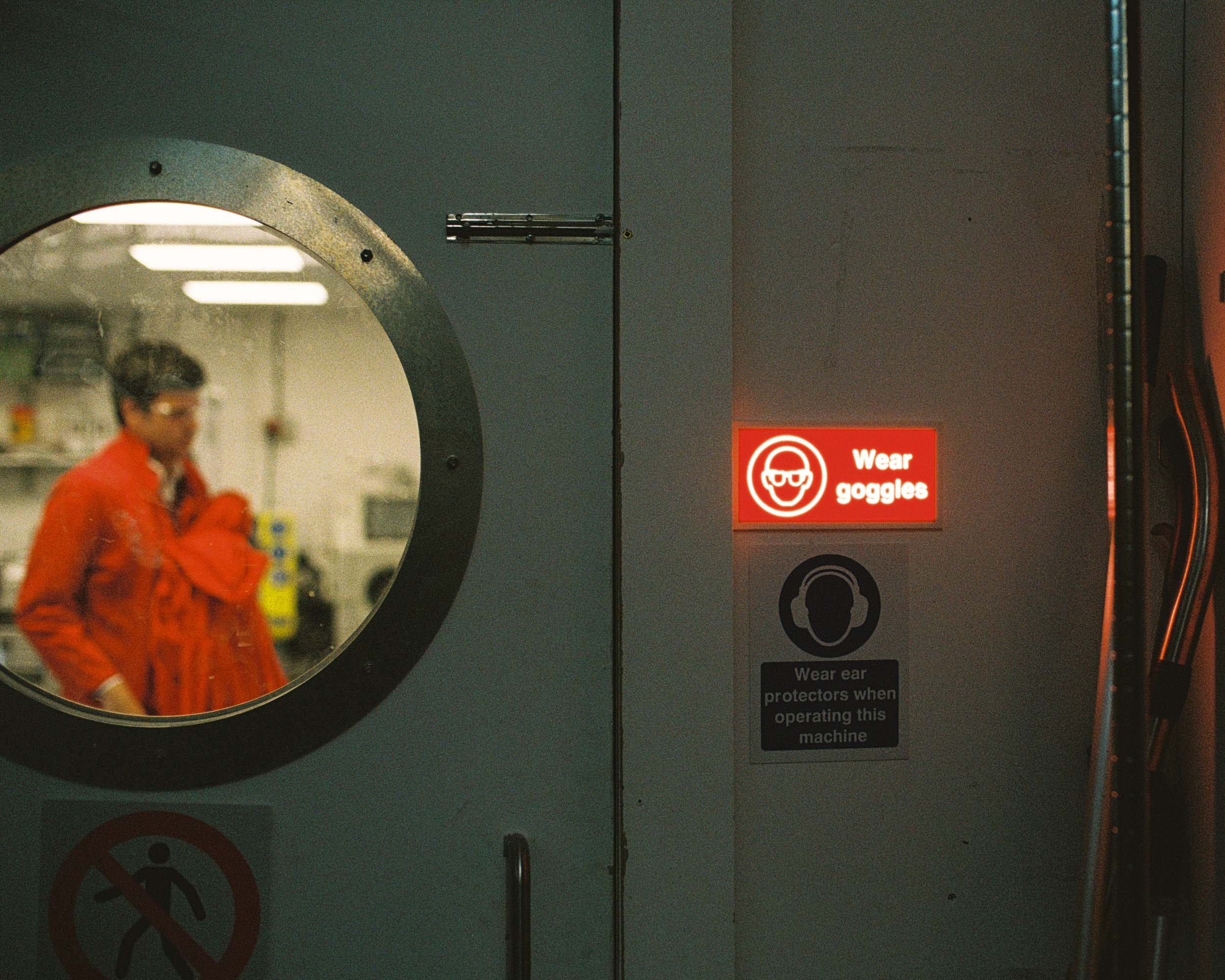
How has the project evolved since its beginning?
It has changed a lot. We started in our student kitchen and, over time, attracted more support and we grew. Now we are 55 people, with processes and specializations. At the beginning, it was just two friends meeting up for beers and talking about the project. Now, we have a larger and more organized team, with investors and clients who have allowed us to have a bigger impact. Our purpose remains replacing plastic packaging, and we have managed to replace 10 million units. We want to continue growing, and for that, we are bringing in people with more experience in sectors that interest us.
What is needed from society and governments to have more projects like Notpla?
It depends on the context, but courage is needed to create something new. A safe environment, like a university, is s useful, because you can have a salary and develop your project. In the UK, there are many possibilites for start-ups to find aid, which creates a climate of support and investment. For example, if you invest in a start-up and it fails, the government returns 90% of your investment. This creates an environment where people are willing to take risks and support new ideas. In Spain, on the other hand, this culture is not so developed, and people are not as familiar with the concept of start-ups.
What can individuals do to have a positive impact?
From small everyday actions, like recycling, reusing, and turning off the tap, to creating projects or movements that generate impact. It’s important not to be afraid to fail and to share ideas. Sometimes, it’s enough to start something small and see how it grows. For example, we have a project called “Fixperts” that involves children, teenagers, and older people in solving everyday problems. The important thing is not to be afraid to try and to learn from mistakes.
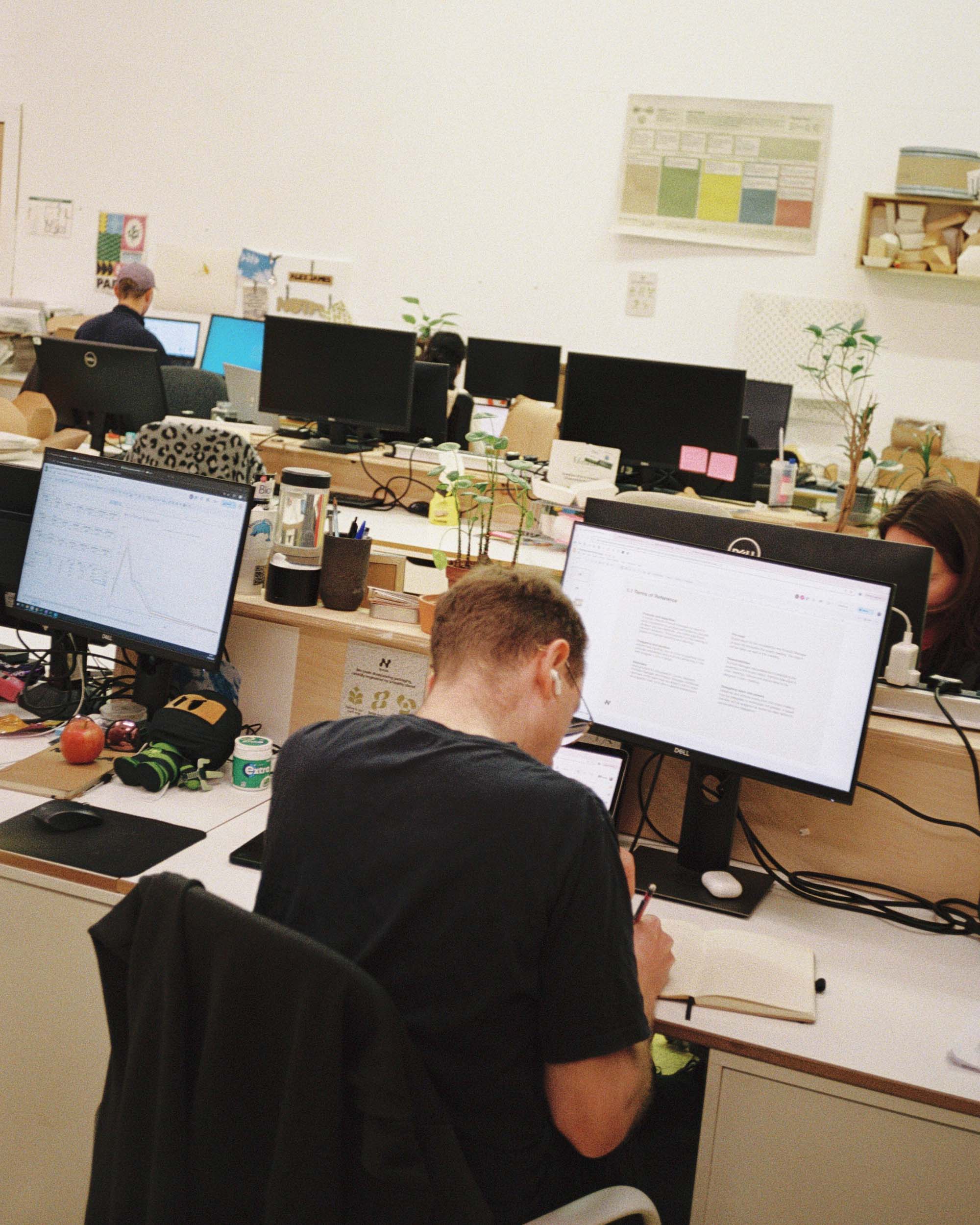
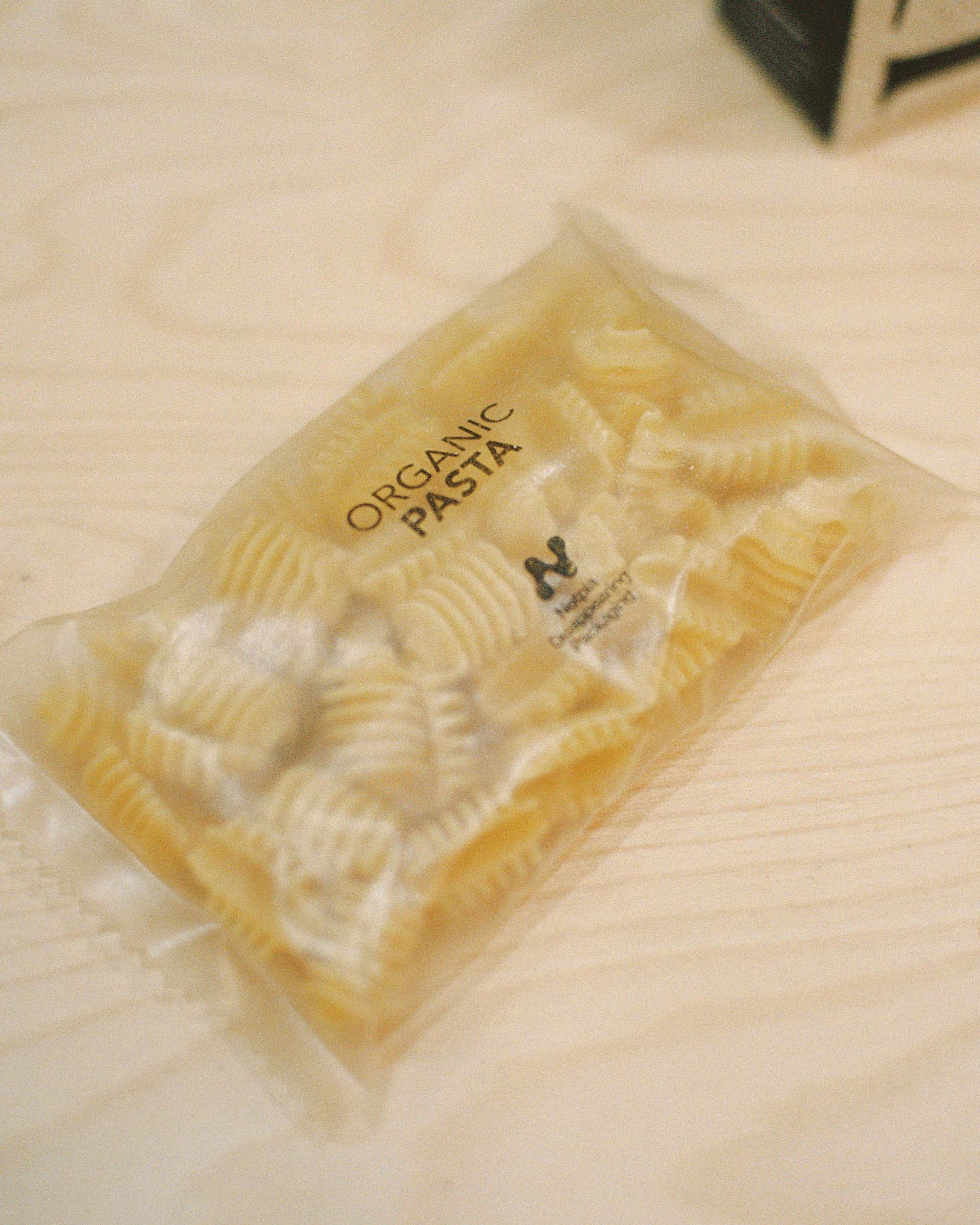
How do you see the future of the textile sector and possible solutions to its environmental impact?
Although I am not an expert, I believe the problem lies in the linearity of the sector. In the past, people repaired their garments and valued them more. Now, with mass consumption, people buy cheap clothes and discard them quickly. We need to value the option of repairing and understand the real cost of consumption. There are projects to recycle textiles and look for alternatives to traditional materials like leather and cotton. There are also futuristic ideas, such as acclimatizing the body instead of buildings to save energy. For example, in Saudi Arabia, 70% of energy is used to cool buildings. If we cool our bodies instead of buildings, we could save a lot of energy.
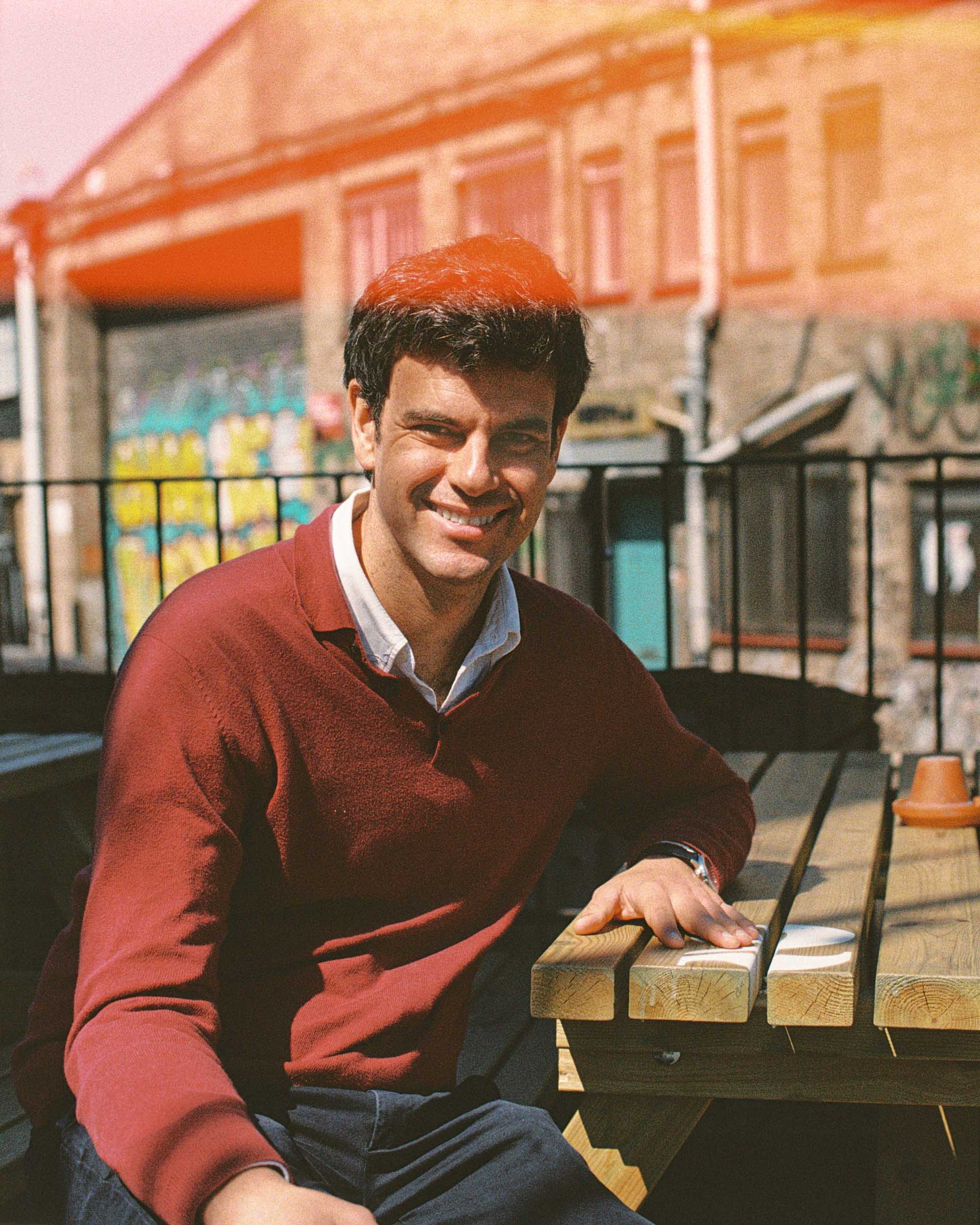
It is clear that innovation and sustainability can go hand in hand when there is a clear vision and firm commitment. Notpla not only shows us a viable and eco-friendly alternative to plastic but also invites us to rethink our relationship with materials and the environment. With inspiring examples and admirable tenacity, Rodrigo and his team are demonstrating that it is possible to change the world from ideas born in a students’ kitchen to revolutionary projects. His journey encourages us all to believe in the power of creativity and collaboration to build a more sustainable future.

